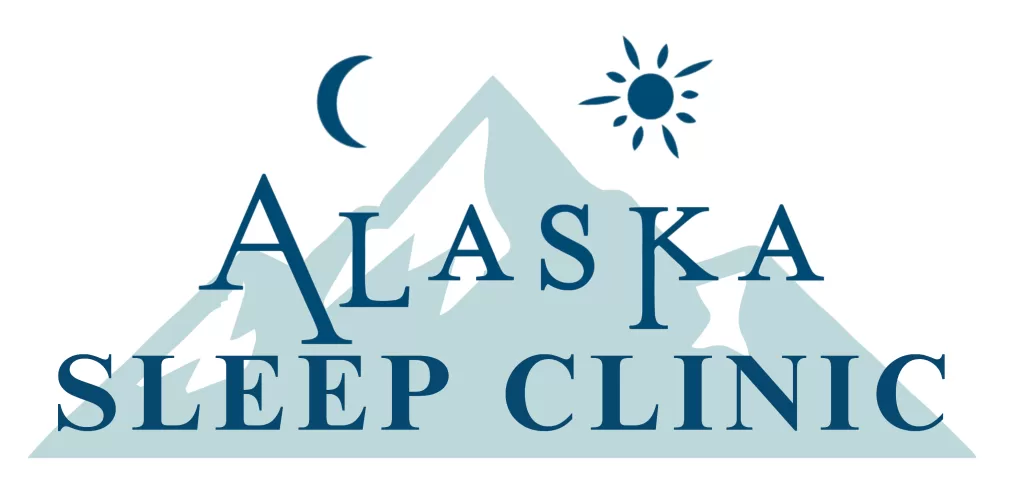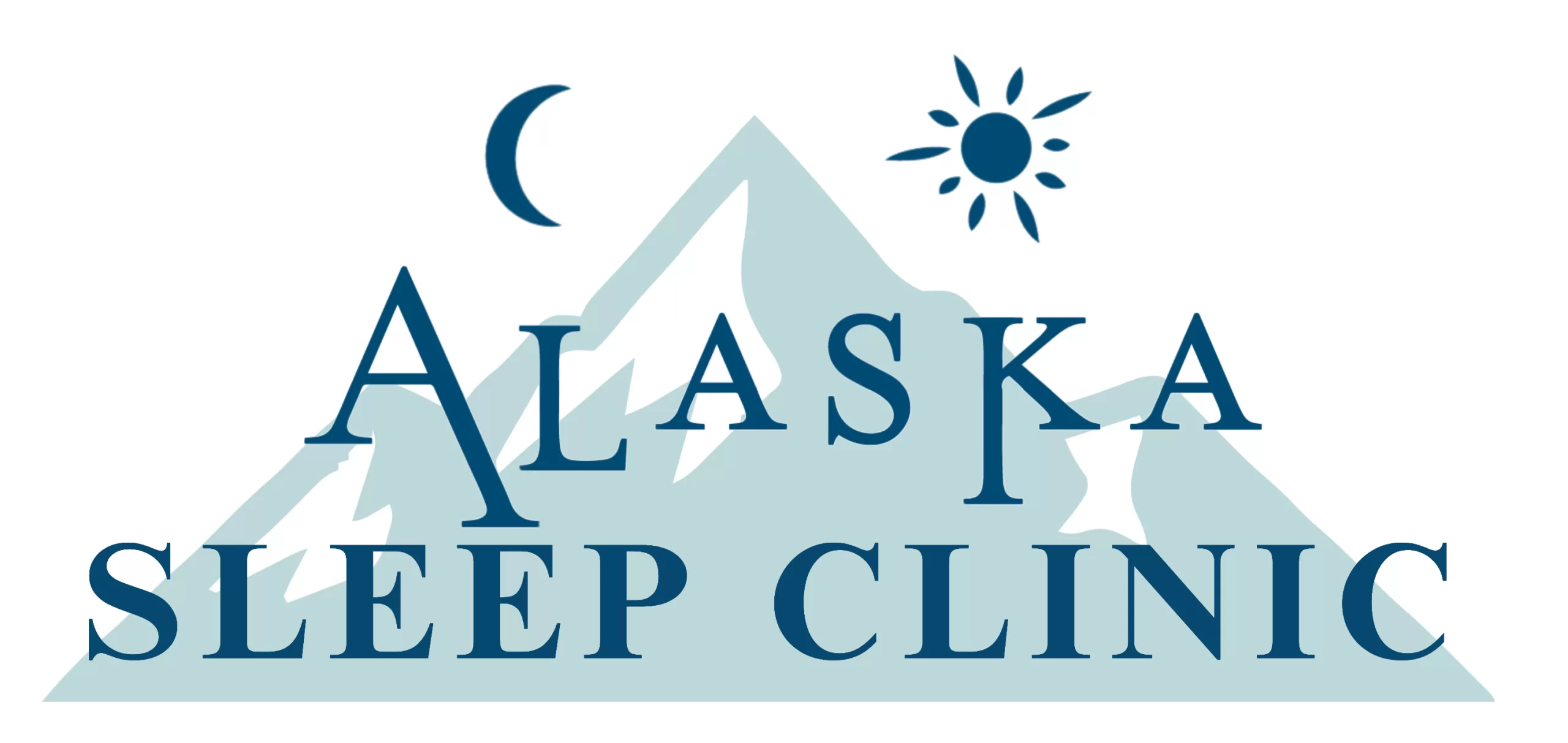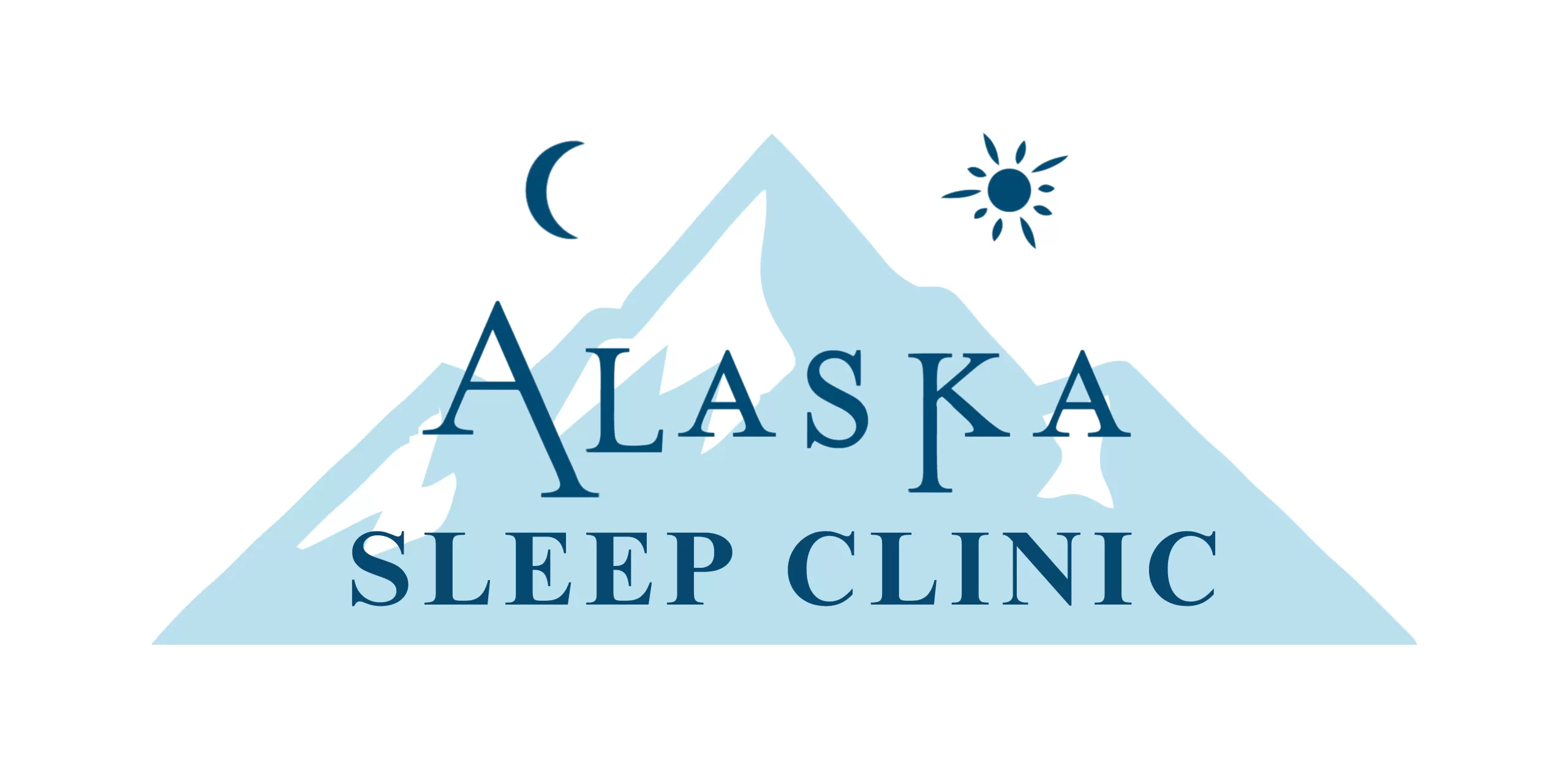
It is easy to get out of routines. If COVID taught us anything, it is that we are more flexible and adaptable than expected. With flexibility comes schedule shifts when busy with work, children, volunteering, and extracurricular activities. And add that on top of keeping up with housework, exercise, and healthy eating.
What we have shifted to is hybrid or 100% remote work which marries our schedules at home to balance work and life. It can be a hard switch without a normal 9 a.m. to 5 p.m. work day which can create a disturbance in routine.
When your body needs more sleep than you are actually getting,
30% of adults admitted a “sleep debt” of one hour less while 10% reported two hours or more. So if you have only clocked six hours of sleep though your body needs eight hours, you have two hours of sleep debt. The good news is that there are ways to recover your lost sleep with a few simple actions.
To-Do Lists
With numbers at 27 percent of the population struggling to fall asleep in 30 minutes or less proves a lot of anxiety is on the minds of Americans when laying their head down on the pillow. Adding to the struggle is sleep deprivation when sleep debt collects over time.
Identifying ways to alleviate sleep loss when first lying down may eliminate restlessness and morning snooze.
Women require 20 more minutes of sleep than men because of their expansive mental energy depletion. Women tend to multitask more frequently, using more of their brains during the day. Sleeping helps the brain regenerate; therefore, multitaskers need more focused REM (rapid eye movement).
Making a to-do list the night before helps alleviate anxiety at bedtime.
The 4-7-8 breathing technique
Stemming from pranayama, an ancient breath technique from yogic practices in India, the 4-7-8 breathing technique is picking up steam in medical circles to help ease anxiety and stress before bedtime. Popularized by Andrew Weil, M.D., the 4-7-8- breathing technique involves controlling your breath in different styles and lengths.
To try the 4-7-8 breathing technique, follow these easy instructions from Dr. Weil or visit his website to watch videos.
- Exhale completely through your mouth, making a whoosh sound.
- Close your mouth and inhale quietly through your nose to a mental count of four.
- Hold your breath for a count of seven.
- Exhale completely through your mouth, making a whoosh sound to a count of eight. This is one breath.
- Now inhale again and repeat the cycle three more times for a total of four breaths.
Healthy Napping
According to a report by the Pew Research Center, a third of U.S. adults nap on any given day. Naps can restore alertness, enhance performance, and reduce mistakes and accidents. But one of the biggest napping hurdles is the stigma. Many believe napping is only for those who are lazy or who do not sleep enough at night. But for many, it is a recharge for the rest of the day.
The Mayo Clinic defines the following as healthy napping for adults:
- Relaxation
- Reduced fatigue
- Increased alertness
- Improved mood
- Improved performance, including quicker reaction time and better memory
Keeping the nap short is key. Up to 30 minutes is plenty of time to recharge your energy. The longer you nap, the more irritable and groggy you will feel after.
Everyone has differing sleep patterns with waking up and bedtimes, but naps are best in the afternoon around 2 p.m. with 3 p.m. indicated as the latest time. At this time, you will have lunch on your stomach and will experience a lower level of alertness. This time of day creates the least issues with nighttime slumber.
But there is also a benefit to taking a 90-minute nap. The 90 minutes completes one sleep cycle from the body’s lightest to the deepest stage of sleep. You are more likely to wake up refreshed and these naps have been known to boost memory, alertness, and creativity.
The circadian rhythm, or your body’s internal clock, is at a lower level of alertness around the afternoon hours. For some individuals who wake up early in the morning, a short nap helps curve the building of sleepiness. A 10 to 30-minute nap then helps energize your internal clock until bedtime.
But the 30-minute nap? Avoid it at all costs. This stint of time creates sleep inertia that causes a prolonged state of grogginess up to 30 minutes after the nap is complete.
Remember that recovering from sleep debt takes time so try 15 to 30 minutes a day until you reach your optimal sleep. Hopefully with creating a to-do list, practicing the 4-7-8 technique, and scheduling the perfect nap, you can close the gap on your sleep debt.
If you find yourself having a hard time recovering from sleep deprivation that has accumulated sleep debt, you may need a consultation with a sleep study medicine professional. Call Alaska Sleep Clinic today for your free sleep assessment.












